Gateway to the World
Sandip Hor travels to a German city and revisits Euro history
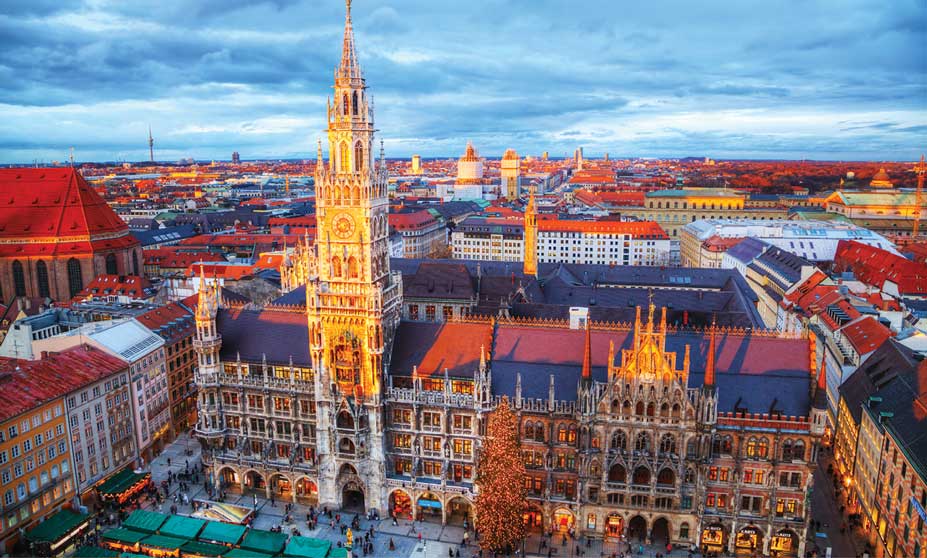
Germany’s second largest city Hamburg is one of the world’s busiest ports. It skirts the Elbe river about 100 kilometres away from the North Sea and trade through this port for the past 800 years or so has made the city one of the richest metropolitan areas in the EU.
Its docks have also witnessed a large movement of people after the last century’s two World Wars when millions of Europeans left Germany, giving the city its other name: ‘Gateway to the World.’
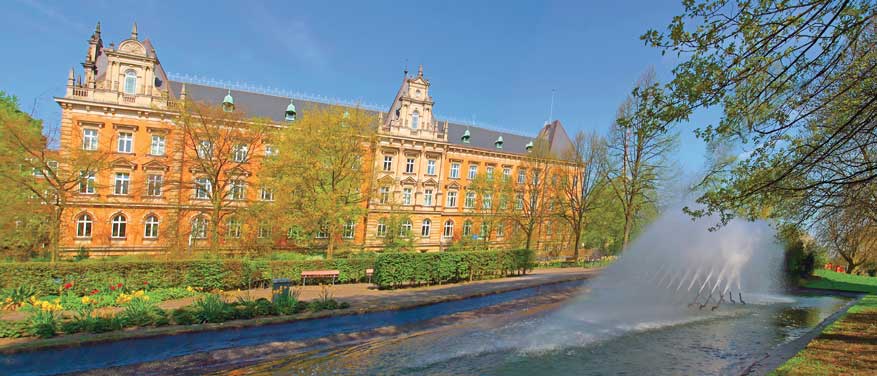
HARBOUR CRUISES Water makes Hamburg special and harbour cruising helps visitors understand how this metropolis grew to become the modern urban settlement it is today.
They will see historic vessels, giant container ships, maritime memorials, romantic piers, and stunning architectural silhouettes of old and new buildings, as well as a skyline that’s dominated by the tall spires of several churches.
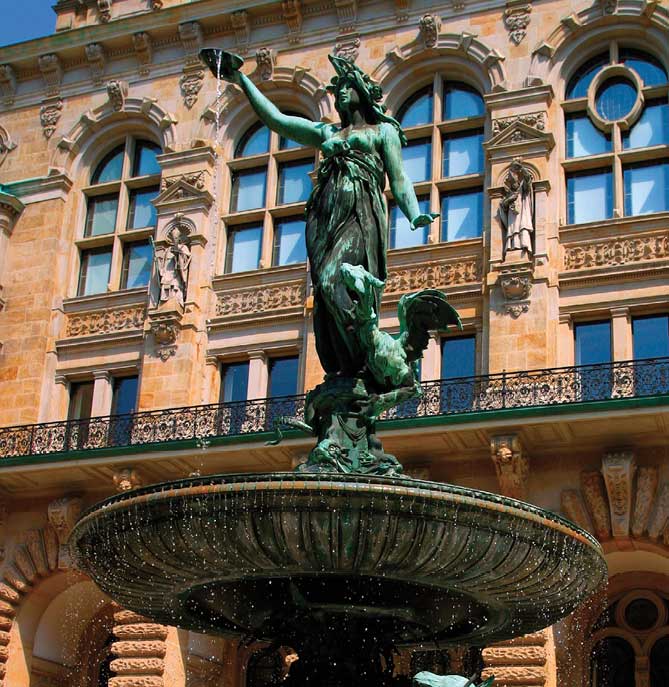
URBAN CHARACTER The city was reduced to rubble by the allies, which bombed it relentlessly during World War II. Nevertheless, it has risen back up as a progressive destination with contemporary lifestyle features that range from shopping malls and efficient transportation, to luxury hotels, bars and cafes.
However, Hamburg’s landscape hasn’t lost its ancient character entirely. This is evident when viewing the impressive red-brick neo-Gothic warehouse blocks and buildings that flank both sides of waterways, which have streamed from the Elbe river.
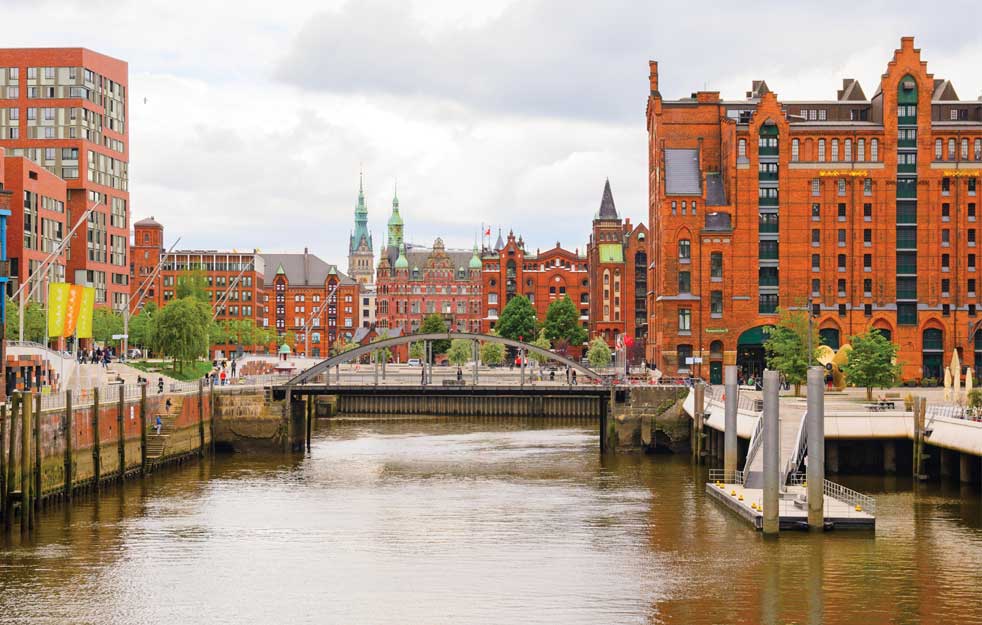
OLD BUILDINGS Although the city has been rebuilt, the preservation of its history in significant quarters doesn’t fail to draw attention. An example is the imposing City Hall, which remains one of the few well-preserved historic buildings in Hamburg.
Of the cathedrals nearby, the most significant is St. Nicholas Church – which is famous for its towering steeple that was once considered the tallest in the world – and the baroque styled St. Michael’s Church that’s known for its gold and white interior.
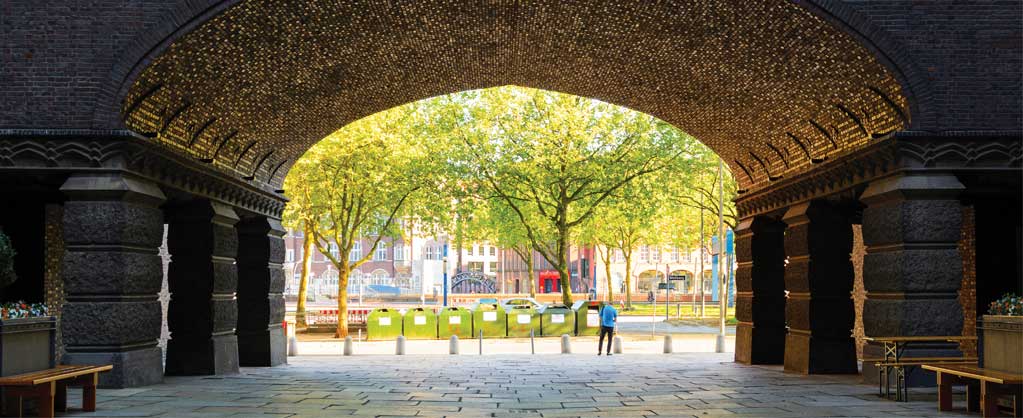
THE HAMBURGER It is believed that hamburgers originated in this city during the late 18th century when hungry sailors arriving at the port were served a grilled meat patty placed between two halves of a bun.
They called it a ‘hamburger,’ which became a popular fast food around the globe over time.
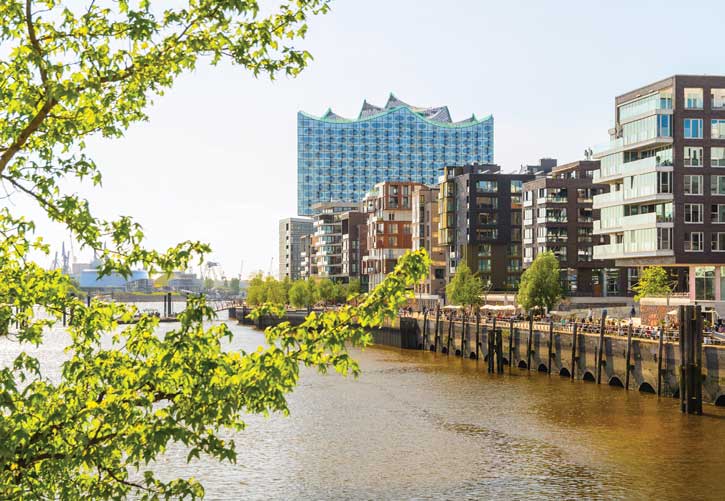
MUSICAL JOURNEY Fans of The Beatles from far and wide gather at the Beatles-Platz memorial that’s installed in a wayside paved area at Hamburg’s Reeperbahn. It’s the city’s famous nightlife quarter where The Beatles began their musical journey in the 1960s while playing at some of its nightclubs.

